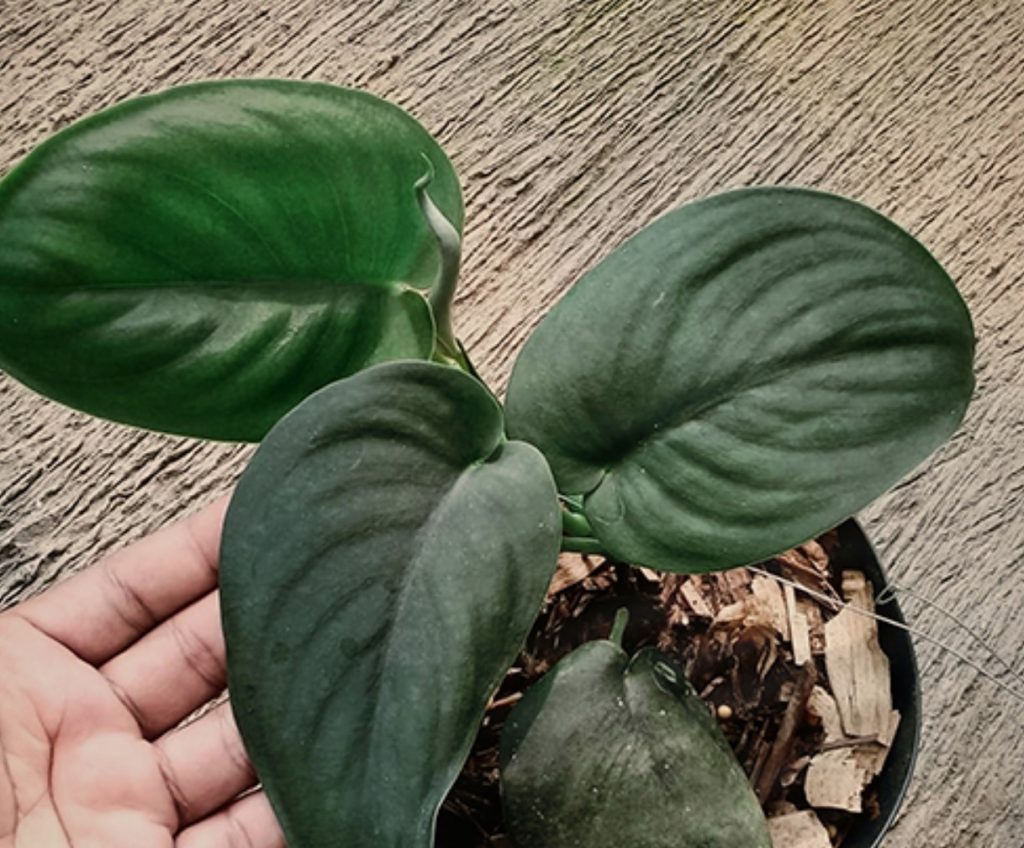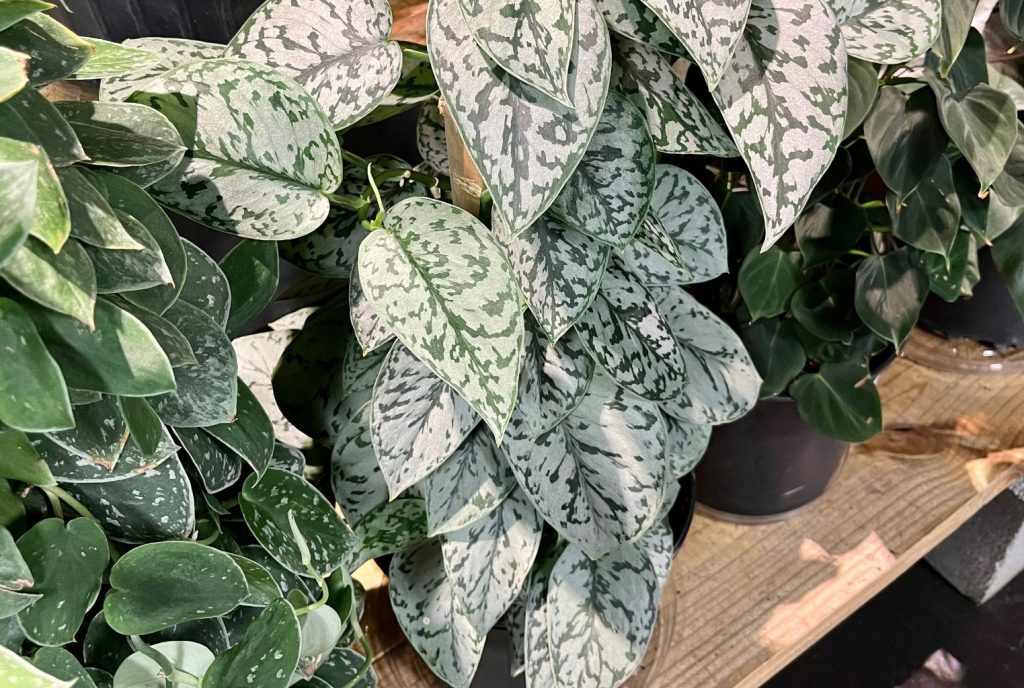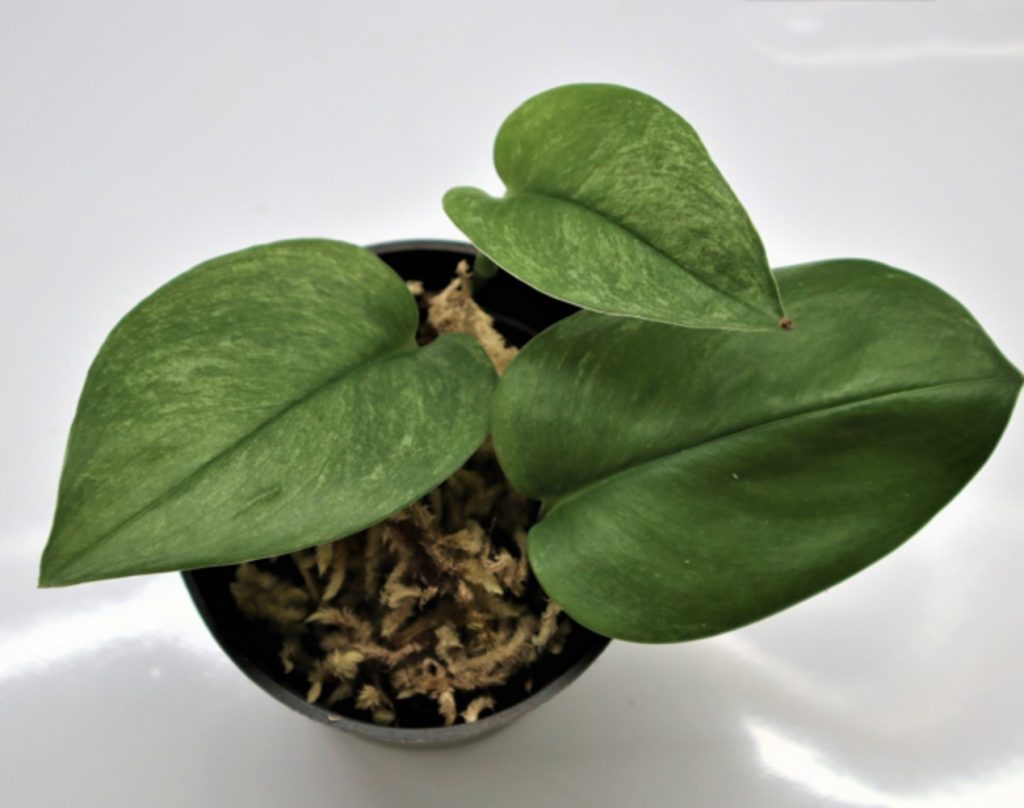
What is Scindapsus?
Scindapsus, often referred to as a pothos, is a popular houseplant known for its trailing vines and vibrant foliage. It’s a hardy and low-maintenance plant that can thrive in various indoor conditions. Scindapsus is admired for its adaptability and ability to purify the air.
How to Care for Scindapsus
- Light: While Scindapsus can tolerate low light conditions, it thrives in bright, indirect light. Avoid direct sunlight, as it can scorch the leaves.
- Water: Scindapsus prefers its soil to dry out slightly between waterings. Overwatering can lead to root rot. Allow the top inch of soil to dry before watering.
- Soil: A well-draining potting mix is ideal for Scindapsus. You can use a pre-made potting mix or create your own by combining peat moss, perlite, and coco coir.
- Temperature: Scindapsus prefers average room temperatures between 65°F and 85°F (18°C and 30°C). Avoid exposing it to cold drafts or sudden temperature changes.
- Humidity: While Scindapsus can tolerate low humidity, it appreciates higher humidity levels. Misting the leaves regularly or placing the plant on a pebble tray filled with water can help increase humidity.
What is Known About Scindapsus
- Air Purification: Scindapsus is known for its ability to remove harmful toxins from the air, such as benzene, formaldehyde, and trichloroethylene.
- Adaptability: It’s a versatile plant that can be grown in various ways, including as a trailing vine, a climbing plant, or a shrub.
- Low Maintenance: Scindapsus is a relatively easy plant to care for, making it a great choice for beginners.
- Varieties: There are numerous Scindapsus varieties with different leaf colors and patterns, such as Marble Queen, Neon Pothos, and Pearls and Jade.

Solutions to Common Scindapsus Problems
- Yellowing Leaves: This can be caused by overwatering, underwatering, or low light conditions. Adjust your watering schedule and ensure the plant receives adequate light.
- Brown Leaf Tips: This is often a sign of underwatering or low humidity. Increase watering frequency or mist the leaves regularly.
- Pests: Scindapsus can be susceptible to common houseplant pests like mealybugs and spider mites. Treat infestations promptly with insecticidal soap or neem oil.
Information on Scindapsus Propagation
Scindapsus is easy to propagate from stem cuttings. Simply take a stem cutting with at least two nodes and place it in water or soil. The cutting should root within a few weeks.

Conclusion
Scindapsus is a beautiful and versatile houseplant that offers numerous benefits. Its ability to purify the air, low maintenance requirements, and adaptability make it a popular choice for plant enthusiasts of all levels. Whether you’re a seasoned gardener or just starting out, Scindapsus is a wonderful addition to any indoor space.
FAQs
- Can Scindapsus grow outdoors? Yes, Scindapsus can grow outdoors in warm climates. However, it’s best suited as an indoor plant in colder regions.
- How often should I fertilize my Scindapsus? Fertilize your Scindapsus once a month during the growing season (spring and summer) with a balanced liquid fertilizer.
- Can Scindapsus be toxic to pets? Yes, Scindapsus is considered toxic to cats and dogs. If you have pets, keep the plant out of reach.
- What is the fastest way to propagate Scindapsus? Propagation in water is generally the fastest method. The cutting should root within a few weeks.
- Can Scindapsus grow in hydroponics? Yes, Scindapsus can be grown successfully in hydroponic systems.
Note: This article provides a general overview of Scindapsus care. Specific care requirements may vary depending on the variety and growing conditions.
